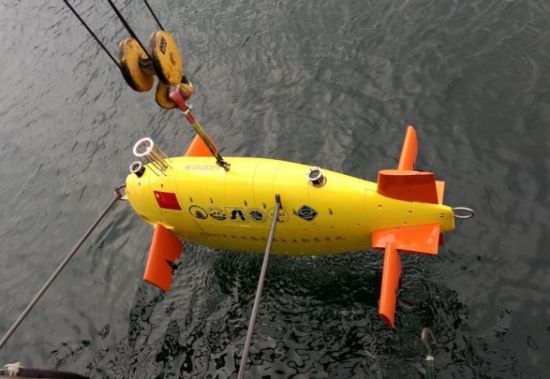You are listening to NEWS Plus Special English. I'm Mark Griffiths in Beijing.
A team of molecular biologists at Tsinghua University have reported a milestone breakthrough in molecular biology and gene expression.
As DNA is no longer a mystery, many scientists have shifted their interest towards the manufacturing process, how the information stored in DNA is delivered to produce proteins with different functions, such as forming a person's skin, organs and hair.
Scientist Shi Yigong and his team at Tsinghua University's School of Life Sciences, reported the structure of a substance called "spliceosome", which is crucial in gene expression. Results of the team's analysis on its functioning mechanism were published in Science, the academic journal.

Phillip Sharp, a 1993 Nobel Prize winner for physiology, said in an e-mail to Shi that the structure of the spliceosome represents a much greater challenge than the structure of the ribosome, for which three individuals were awarded the Nobel Prize in the past.
He said it is a milestone achievement in Chinese life sciences.
This is NEWS Plus Special English.
The first phase of trials on China's independently-developed autonomous underwater vehicle in the South China Sea has finished.
The ocean resource authority announced that the deep-sea mining exploration vehicle, which is designed to reach depths of up to 4,500 meters, recorded a maximum depth of 4,450 meters over 15 dives spanning 35 days.

With the ability to detect hydrothermal fluids, as well as photograph and survey terrain and relief, the vehicle will explore sea areas rich in sulfide deposits that contain various metals.
The trial allowed researchers to verify certain functions, including deployment and retrieval of the vehicle, deep-sea navigation, as well as optical and acoustic detection.
It will undergo its second and third-phase trials in the southwest Indian Ocean in November.












